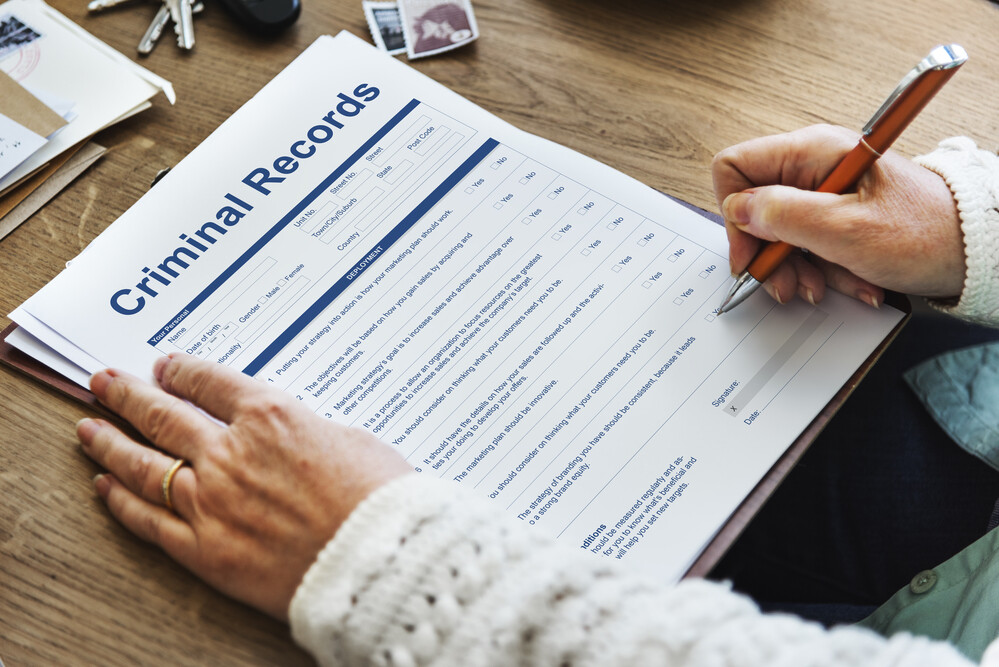Auto
Been in an Accident? 4 Next Steps You Might Take

A car accident, whether a minor fender-bender or a major collision, can be disruptive. The feeling of disorientation and uncertainty about the next steps can happen. The actions and choices made in the crucial hours and days after an accident may influence several factors.
Here are four next steps you might take after a car accident.
1. Prioritizing Immediate Safety and Getting Medical Attention
Safety emerges as a paramount concern in the aftermath of any accident, affecting both you and other parties involved. The moments immediately following a collision can be particularly misleading, as your body’s natural adrenaline response often masks the true extent of injuries. When circumstances allow, moving to a secure location away from ongoing traffic becomes vital for everyone’s protection. Many accident victims remain unaware that various injuries develop their symptoms gradually over time, rather than appearing instantly. The body’s delayed response to trauma means that conditions such as whiplash, head injuries, or internal damage might not display obvious signs right away. A thorough medical assessment conducted promptly after the accident accomplishes two critical objectives. First, it ensures medical attention for any potential injuries that might be present but not yet apparent. Second, it establishes a formal medical record that clearly links any discovered injuries to the specific accident event, which proves invaluable for future reference.
2. Documenting Everything at the Scene
The accident scene contains crucial evidence that quickly disappears as vehicles are moved, witnesses leave, and memories become less clear. Taking immediate action to preserve this information proves invaluable later. Comprehensive photo and video documentation could capture all aspects: the damage to vehicles, surrounding road conditions, nearby traffic signs, tire marks on the road, scattered debris, and any visible injuries. Information exchange becomes crucial with involved parties, including names, contact details, insurance information, driver’s license numbers, and vehicle registration details. Witnesses at the scene offer unbiased perspectives that become particularly valuable when questions arise about fault or the sequence of events. A detailed record of the incident could serve you well while events remain fresh. The time of day, weather conditions, road circumstances, and the sequence of events leading to the collision all form crucial details. When law enforcement arrives, obtaining the report number and officer’s contact details enables access to the official documentation later.
3. Notifying Your Insurance Company
Insurance policies incorporate strict timelines for accident reporting, making immediate communication with your insurance provider important. Your coverage eligibility could face impacts when these reporting deadlines pass unmet. These conversations require a thoughtful, strategic approach. Insurance representatives will better assist you when discussions center on factual information. Your gathered documentation strengthens your position, from photographs to witness statements and police report details. When navigating insurance, some people may seek legal counsel. In some cases, people may contact a California defective airbag attorney if the accident involved a defective airbag.
4. Staying Calm
Maintaining composure after a car accident emerges as one of the most vital actions you can take to safeguard yourself and others involved in the incident. The sudden rush of adrenaline coursing through your body following a collision naturally triggers your fight-or-flight response, which can impair your judgment during moments when clear thinking becomes absolutely essential. A person who stays calm gains the ability to assess the situation with greater accuracy, identifying potential injuries and establishing effective communication with emergency responders, insurance representatives, and other drivers involved in the accident. Your composed state of mind enables you to thoroughly document the scene by capturing photographs from multiple angles, gathering complete information from all parties, and recording crucial details that become invaluable during insurance claims and potential legal proceedings. A level-headed approach in these challenging moments creates a ripple effect of positivity, helping everyone involved feel more at ease and cooperative. Your calm demeanor naturally encourages others to respond similarly, fostering an environment where practical solutions can be discussed and implemented. The ability to maintain emotional balance during such stressful situations leads to more efficient resolution processes, minimizes unnecessary complications, and helps prevent the escalation of tension between involved parties. This composed approach ultimately results in smoother handling of post-accident procedures and better outcomes for everyone affected by the incident.
Conclusion
Leaving an accident scene marks the beginning of a journey that needs careful attention and thoughtful actions. A comprehensive approach includes several things. These potential steps interconnect to form a strategy that might address current needs while considering future implications.
-

 Rappers10 months ago
Rappers10 months agoGloRilla Net Worth: Height, Age, Bio, Real Name & Career
-

 Businessman10 months ago
Businessman10 months agoBrandon Fugal Net Worth: How Rich is Skinwalker Ranch Owner?
-

 Rappers3 years ago
Rappers3 years agoBigXthaPlug Net Worth: Height, Age, Real Name & Career
-

 TV Stars10 months ago
TV Stars10 months agoKaleb Cooper Net Worth: How Rich is the TV Star Actually?
-

 Internet Stars3 years ago
Internet Stars3 years agoMufti Menk Net Worth: How Rich is the Islamic Speaker Actually?
-

 TV Stars10 months ago
TV Stars10 months agoCarla Diab Net Worth: How Rich is the TV Star Actually in 2025?
-

 Businessman2 years ago
Businessman2 years ago7 Proven Lead Generation Strategies To Implement in 2023
-

 Rappers10 months ago
Rappers10 months agoDD Osama Net Worth: Height, Age, Real Name, Career & More






















You must be logged in to post a comment Login